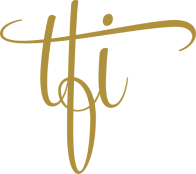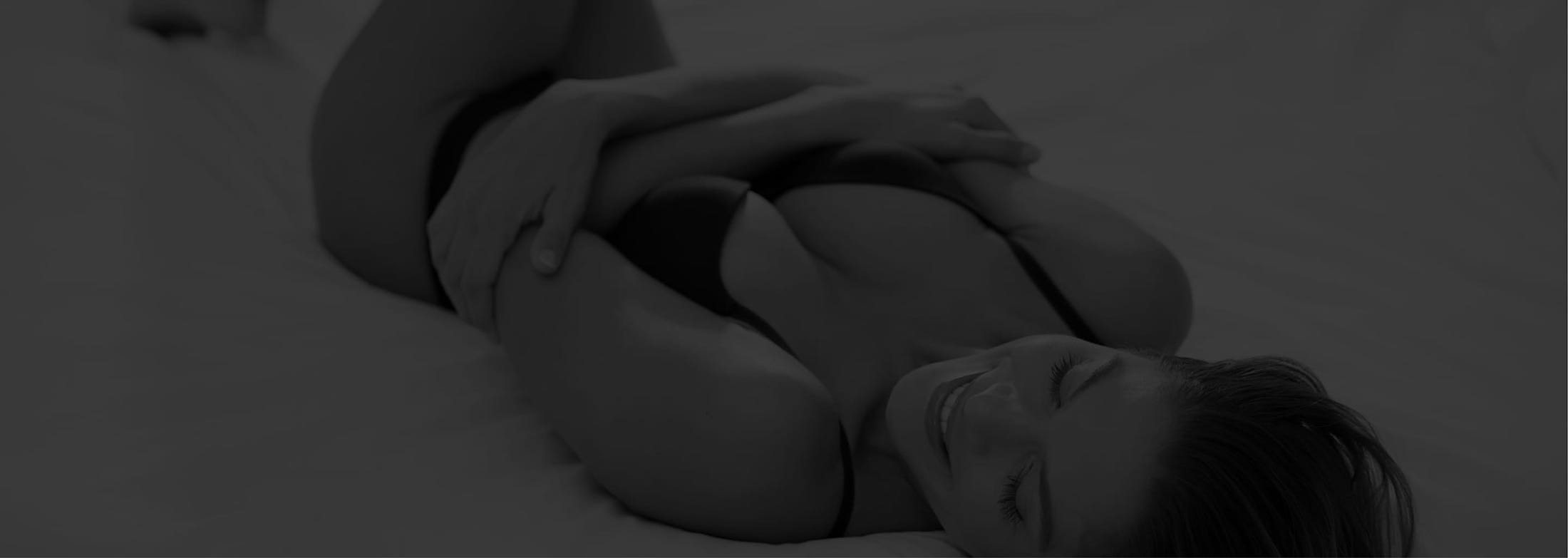What does the procedure entail?
Functional rhinoplasty can involve various types of anesthesia depending on the preference of the patient and their physician. The options include local anesthesia, intravenous sedation, or general anesthesia. Incisions are also involved, granting the surgeon access to the underlying cartilage and bones. There are multiple methods for making these incisions. The most popular one, known as a 'closed' procedure, involves hiding the incisions entirely within the nostrils. Another method, known as an ‘open’ procedure, requires that a small incision be made at the base of the nose to give increased access.
The first step in the procedure is to administer the anesthesia (either by traditional means or intravenously). The necessary incisions will then be made to grant access to blockages within the nose. The surgeon will then manipulate the inner workings of the nose, extracting excess cartilage and making adjustments to the skin to increase aesthetic appeal. For some patients, cartilage may need to be added to achieve the desired improvements. If the issue is a deviated septum, it will be addressed properly. Once all the necessary changes have been made, the incision will be closed.













